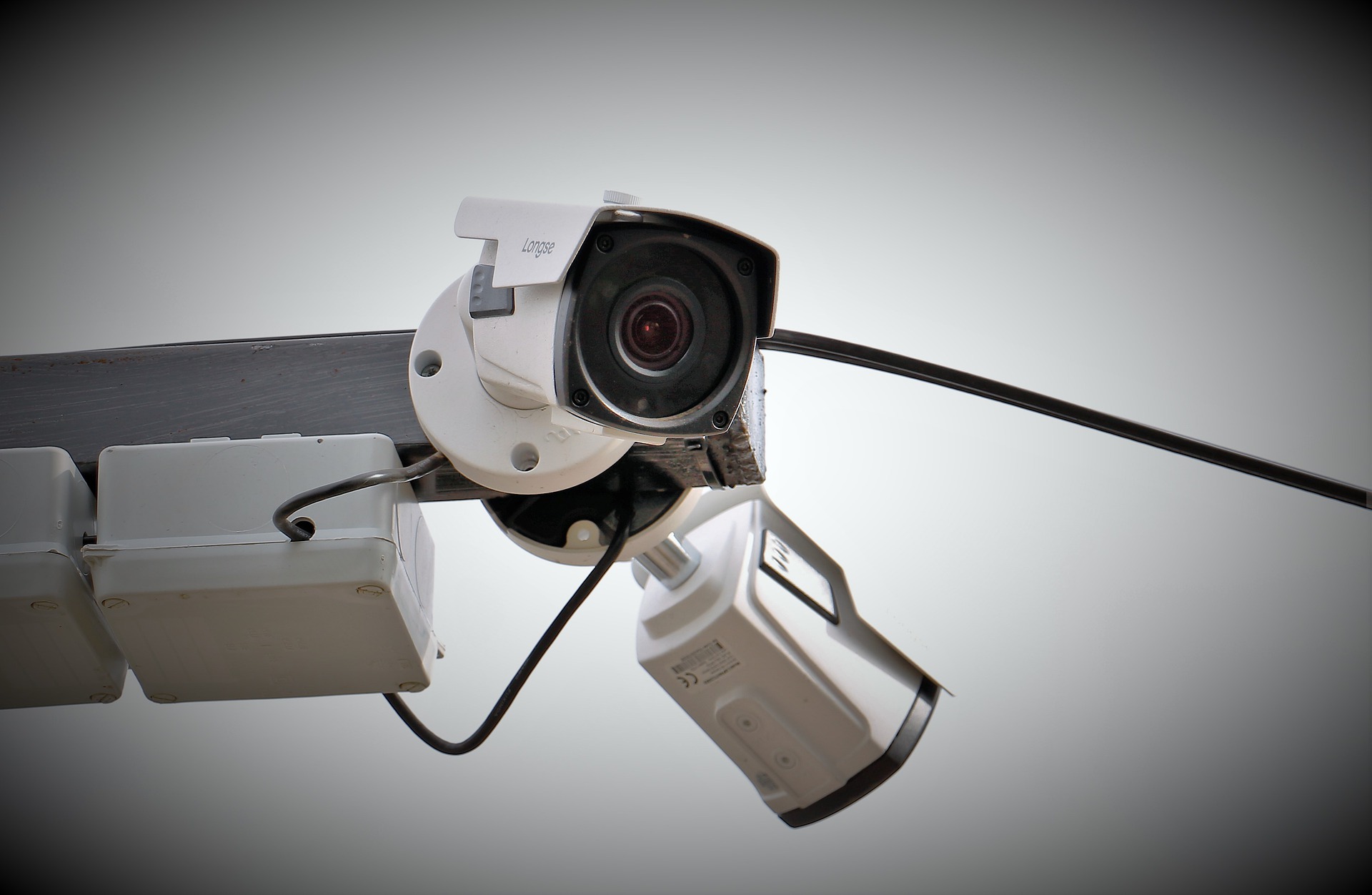People who manage several vehicles, like trucks and buses, have to watch them closely; they must know where these vehicles are the time. It’s also important for them to be sure that the drivers are driving properly and not speeding or doing anything reckless; the ones in charge have to make sure that the vehicles stay on the planned paths and don’t wander off into areas where they shouldn’t go; to keep track of many items, the big machines like trucks and buses are equipped with dash cameras that send live information back to the main office.
Importance of dash cameras
Dash cams can do things that lets leaders keep a better eye on their group of cars by making it easier to see everything; the cams are good because:
· Reduce accidents by making drivers more responsible and alerting managers of any irresponsible habits for corrective actions
· They reduce costs due to vehicle crashes, for example vehicle repairs, traffic fines, penalties, and downtimes due to vehicle damages in accidents
· Some insurance charge lower premiums for fleet vehicles fitted with cameras
· Improved customer service due to proper vehicle allocation and monitoring to rescue vehicles with breakdown incidents. Also, excellent routing and ensuring adherence to the routes enable timely delivery.
In case of accidents, cameras provide evidence to exonerate innocent drivers or to show the driver’s action that led to the accident.
Choosing the best dash cameras for your fleet
Dashcams are of several types–but the main point when you’re grabbing one for your group of cars is that they must record clear videos and that you can get to those recordings when you must have them. When you’re picking out cams for your ride, here are some big things to think about:
· Storage
· Image resolution
· Mounting
· Internet connectivity
If you are looking to install cameras on your fleet vehicles, you can contact the market leaders in in-vehicle entertainment and surveillance accessories. You can read a more useful explanation here on bus Wi-Fi and other technologies that they offer to make your truck, buses, and other vehicles more secure and better for customers.
Types of Vehicle Cameras
The following are the types of cameras you could install on your fleet vehicles:
Front-facing dash cameras
These are first rate for the safety-focused fleet managers who need to see more of what’s going on in front of the car; they’re put on the front window and record the road in front, so both managers and drivers can see what’s happening with the car better. Some have gadgets that notice if something bad happens and put the videos online or on the camera’s control board; they can also work with Google Maps so the manager can see where the car is and watch the video.
Dual-Facing Dash Cameras
Two-sided cameras capture what’s happening in front of the car and inside; they get a first rate view of the inside of the car and the outside near the car, so the people in charge of several cars can spot drivers who aren’t paying attention or who are driving badly pretty fast; then the head can show the drivers these videos when they’re getting driving tips or learning how to drive better.
Multi-camera dash cams
These provide 360 degrees of visibility into the vehicle and its surrounding. They help drivers see a complete picture of the vehicle’s sides, rear, and front end to avoid collisions by reducing blind spots. On top of that, they give a view of the vehicle interior.
Interior cameras
The interior cameras record the activities inside the vehicle to enhance cargo security and commuters’ safety by preventing harassment incidents.
Exterior cameras
These can be fixed on the vehicle exterior parts to give the driver a 360-degree view of the automobile, road, and surrounding areas. They come in handy when the driver encounters blind spots and needs to make a turn or change lanes.
Cameras on big trucks, buses, and city vehicles are extremely important for keeping drivers and other cars safe; they’re also good for showing what happened if there’s a crash , and they help teach drivers how to do better; the most important things about these cameras are that they take clear videos and have a way to keep those videos saved or send them somewhere they can be looked at later if necessary.
